

Josh Nevett
2025 Kia Tasman review
28 Days Ago
Volkswagen insists its next Amarok ute, which is being researched and developed by Ford principally in Australia, won't be simple 'badge-engineering'.

Senior Contributor
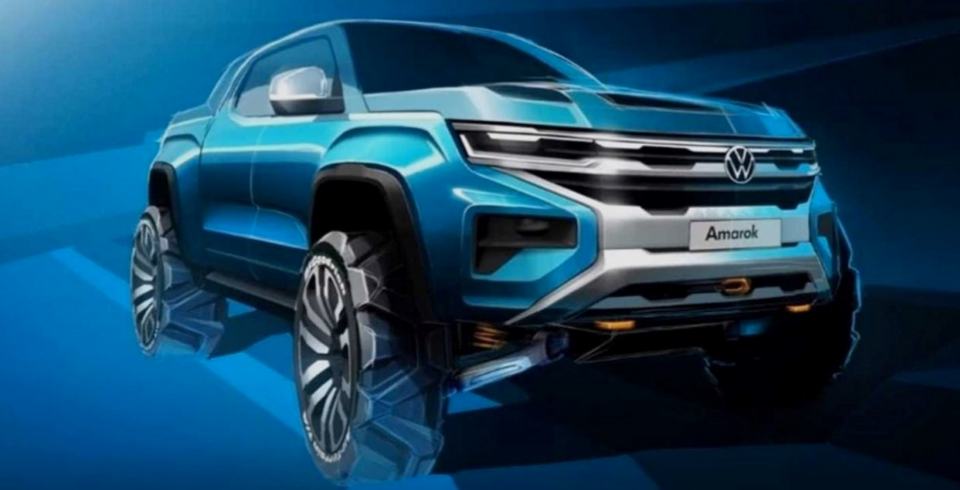

Senior Contributor
We know that the 2023 Volkswagen Amarok will be derived from the next-generation Ford Ranger as part of a wider-ranging partnership between Ford and Volkswagen.
But the German brand’s local arm said today that it was no silent partner, meaning there should be clear differences between the two end products. The goal is to avoid a ‘badge-engineered’ product that’s little different to its donor.
Volkswagen Australia says the company took notice of the Nissan Navara and Mercedes-Benz X-Class deal, which ended in the latter’s earlier-than-anticipated demise.
However, it stopped short of saying whether the next Amarok due in a little over two years time (by which point the outgoing model will be into its 13th year) will run Volkswagen drivetrains – its diesel V6 is the current segment benchmark for power and torque.
It seems more likely that it’ll use Ford diesel drivetrains, which we detail here.
Volkswagen Commercial has already sent a handful of its design team to Victoria – from where Ford’s global Ranger research and development program is led – to embed from an early stage.
The German and American car-makers will free up a great deal of cash by supplying one other with various next-generation products.
It means the next Amarok might be to the Ford Ranger, what the new-generation Mazda BT-50 is to the Isuzu D-Max – essentially, a derivative with brand-specific design and spec differences. Such joint ventures are common for pickups, as they save duplication costs.
Volkswagen Australia managing director Michael Bartsch this week said the following regarding the 2023 Amarok.
“There were certainly lessons to be learned from the Mercedes and Nissan Navara experience, and that was used as an example of the importance of making sure that things weren’t just badge-engineered, that they had substance.
“Whatever product is developed, it has to be distinctly Ford and has to be distinctly Volkswagen. That was a very understood premise of the project. And as a consequence of that, I’m absolutely confident that what you’ll see are two products with two very specific, very distinct characters.
“And one will attract the Ford buyer and one will attract the Volkswagen buyer.”
Australia is the world’s number two market for the vehicle and number one for Amarok V6, so local demands are considered essential to the project’s success or failure.
If this reporter was a gambler, I’d bank on an approach somewhat like the current D-Max and BT-50, but potentially a little broader. So different sheetmetal, but perhaps some greater cabin design and tech differentiation. Whether the suspension tunes and drivetrain calibrations are to be differentiated is unclear at this point.
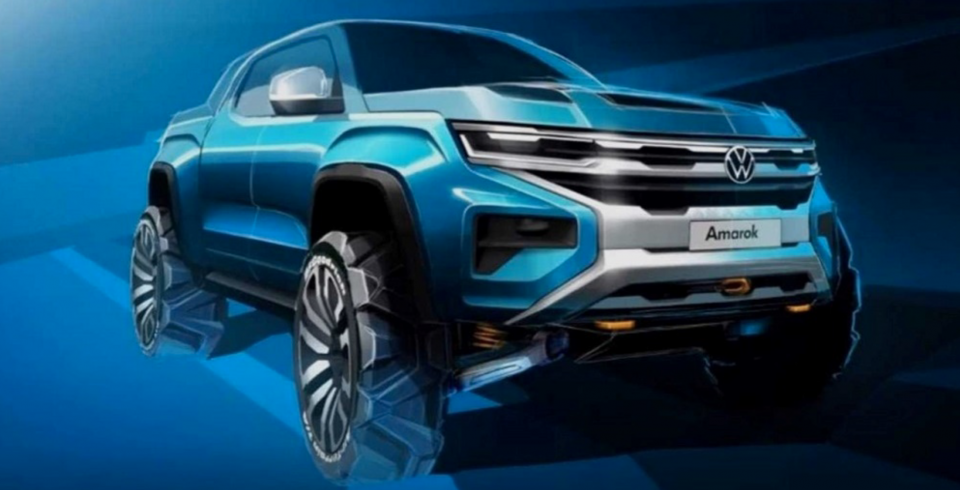
What about the parochial angle, we wondered? Ford develops Ranger for the world in Australia, which is a point of pride for many buyers. Can Volkswagen tap into this too?
“I think one of the things that is universally recognised is that we have some of the toughest operating environments in the world. You can take the car out through the Simpson Desert, on the Telegraph Track,” Mr Bartsch responded.
“Those stories resonate over in Hanover and Wolfsburg. And it’s very clear that if a car makes it in Australia, then I’ll make it generally in wherever else it ends up in the world. So that ability to deliver a product tested and developed in Australia, I think, in itself will be an extremely strong marketing platform.”
Volkswagen Australia still has to sell the current Amarok for another two years. In 2021 it will roll out a trio of new flagship versions.
The V6 Aventura TDI 580 replaces the Ultimate. It has a 190kW (200kW on overboost) and 580Nm V6 diesel, and niceties such as Nappa leather seats with 14-way driver adjustment, 20-inch wheels, chrome side steps, and a UV-resistant bed-liner. The price is $72,490 before on-road costs.
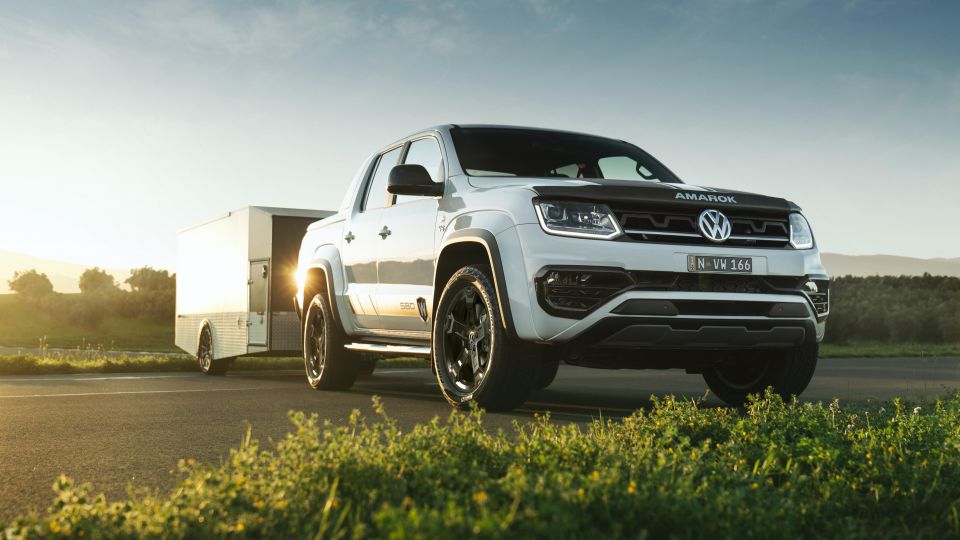
Then there’s the Amarok W-Series twins, which are modified and finished off by Walkinshaw in the Melbourne suburb of Clayton. Walkinshaw is the group behind HSV, and which re-engineers the RAM 1500 and Chevy Silverado for right-hand drive, at scale.
There are two grades – the base W580 and the luxe W580S – priced at $71,990 and $79,990 before on-roads respectively. The first batch are almost ready.
They get Pirelli Scorpion AT-R tyres, extended wheel arches to allow the offset, lifted suspension, new MTV twin-tube dampers, a new exhaust system, decals, and more. Details here.
Where expert car reviews meet expert car buying – CarExpert gives you trusted advice, personalised service and real savings on your next new car.


Josh Nevett
28 Days Ago
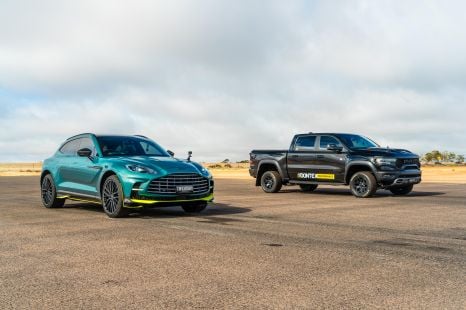

Paul Maric
28 Days Ago
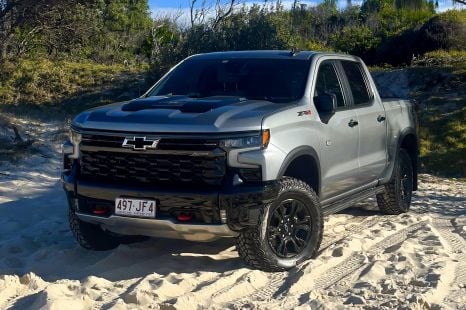

William Stopford
27 Days Ago


Paul Maric
15 Days Ago


Max Davies
9 Days Ago
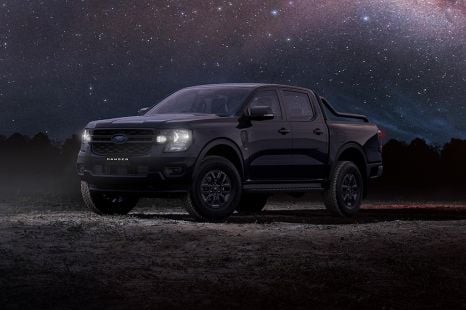

Damion Smy
8 Days Ago